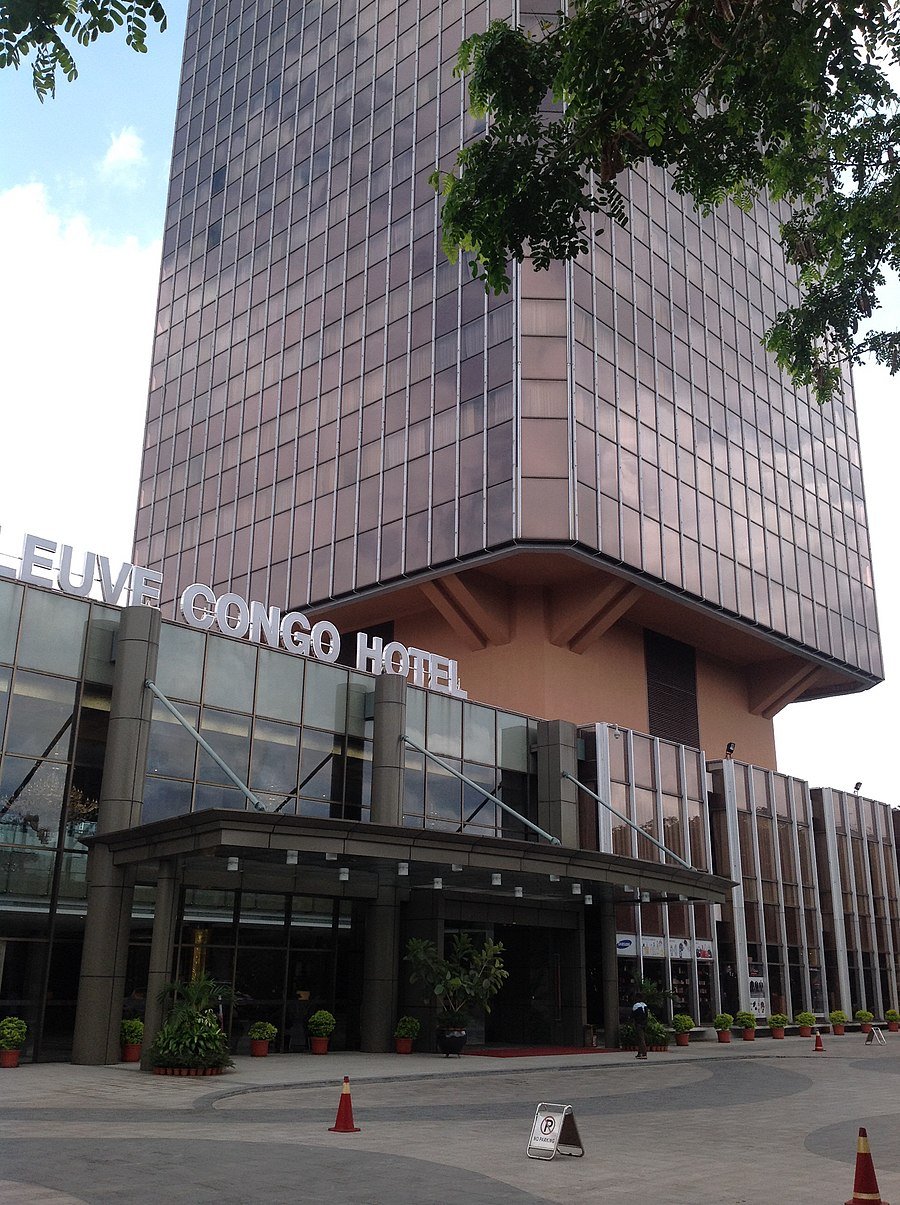Free online dating city in Kinshasa Congo Dem Republic
August - November Franck Kuwonu.

Minerals and investments The DRC may not be the most developed country in the Great Lakes region, but its vast and varied mineral resources present huge development potential. Also in this issue. Cover Story.
African democracy coming of age. By Kingsley Ighobor. Africa Watch: South Sudan.
By Pavithra Rao. India, Africa rekindle trade ties. Strong Institutions. The art of midwifing elections in Africa. By Zipporah Musau. Judiciary: Fighting graft needs muscles. By Franck Kuwonu. A new era for African media.
Take an IELTS test in or nearby Kinshasa
Africa after Brexit. By Amelia Tan. Pan-Africa passport to open up borders. By Tonderayi Mukeredzi. A megaproject rises in East Africa. By Wanjohi Kabukuru. A green path to industrialization. Why has Africa failed to industrialize? By Masimba Tafirenyika. Women grapple with harsh weather. By Eleni Mourdoukoutas. How smart policies can lessen effects of climate change. By Richard Munang. By Busani Bafana.
Coronavirus competes
Ghana: New skills inspire farmers. By Tom Arthey. In the south the plateaus begin at the lower terraces of the Lulua and Lunda river valleys and rise gradually toward the east. In the southeast the ridges of the plateaus of Katanga Shaba province tower over the region; they include Kundelungu at 5, feet 1, metres , Mitumba at 4, feet 1, metres , and Hakansson at 3, feet 1, metres. The Katanga plateaus reach as far north as the Lukuga River and contain the Manika Plateau, the Kibara and the Bia mountains, and the high plains of Marungu.
The northern escarpment of the Angola Plateau rises in the southwest, while in the far west a coastal plateau zone includes the hill country of Mayumbe and the Cristal Mountains. A narrow coastal plain lies between the Cristal Mountains and the Atlantic Ocean.
The river rises in the high Katanga plateaus and flows north and then south in a great arc, crossing the Equator twice. The lower river flows southwestward to empty into the Atlantic Ocean below Matadi. Along its course, the Congo passes through alluvial lands and swamps and is fed by the waters of many lakes and tributaries. The most important lakes are Mai-Ndombe and Tumba; the major tributaries are the Lomami , Aruwimi, and Ubangi rivers and those of the great Kasai River system.
Soils are of two types: those of the equatorial areas and those of the drier savanna grassland regions. Equatorial soils occur in the warm, humid lowlands of the central basin, which receive abundant precipitation throughout the year and are covered mainly with thick forests. This soil is almost fixed in place because of the lack of erosion in the forests. In swampy areas the very thick soil is constantly nourished by humus, the organic material resulting from the decomposition of plant or animal matter.
Savanna soils are threatened by erosion, but the river valleys contain rich and fertile alluvial soils.
The highlands of the Great Lakes region in eastern Congo are partly covered with rich soil derived from volcanic lava. Most of Congo lies within the inner humid tropical, or equatorial, climatic region extending five degrees north and south of the Equator. Southern Congo and the far north have somewhat drier subequatorial climates.
The seasonally mobile intertropical convergence zone ITCZ is a major determinant of the climate. Along this zone the trade winds originating in the Northern and Southern hemispheres meet, forcing unstable tropical air aloft.
Risk Levels
The air that is forced upward is cooled, and the resulting condensation produces prolonged and heavy precipitation. In July and August this zone of maximum precipitation occurs in the north; it then shifts into central Congo in September and October. Between November and February the southern parts of the country receive maximum precipitation. The extreme eastern highlands lie outside the path of the ITCZ and are subject to the influence of the southeastern trade winds alone. In addition to the ITCZ, elevation and proximity to the Atlantic Ocean and its maritime influences also act as factors of climatic differentiation.
The country is divided into four major climatic regions. In the equatorial climate zone, temperatures are hot, the average monthly temperature rarely dropping below the mids F low to mids C. Humidity is high, and it rains throughout the year. Annual precipitation at Eala, for example, averages 71 inches 1, mm. The tropical or subequatorial climate zone, marked by distinct dry and rainy seasons, is found north and south of the equatorial region.
The dry season lasts from four to seven months usually April to October , depending largely on distance from the Equator. In Kananga about 63 inches 1, mm of precipitation falls annually. The Atlantic climate zone is confined to the west coast. The low elevation and the cold Benguela Current are the major influences.
At Banana the average annual temperature is in the high 70s F mids C , and precipitation averages about 30 inches mm yearly. The mountain climate occurs in the eastern high plateaus and mountains. In Bukavu , for example, the average annual temperature is in the mids F high 10s C , and annual precipitation levels measure about 52 inches 1, mm.
- city hookup in Tianjin China;
- free dating website near Muzaffarpur India.
- executive dating services Cochabamba Bolivia.